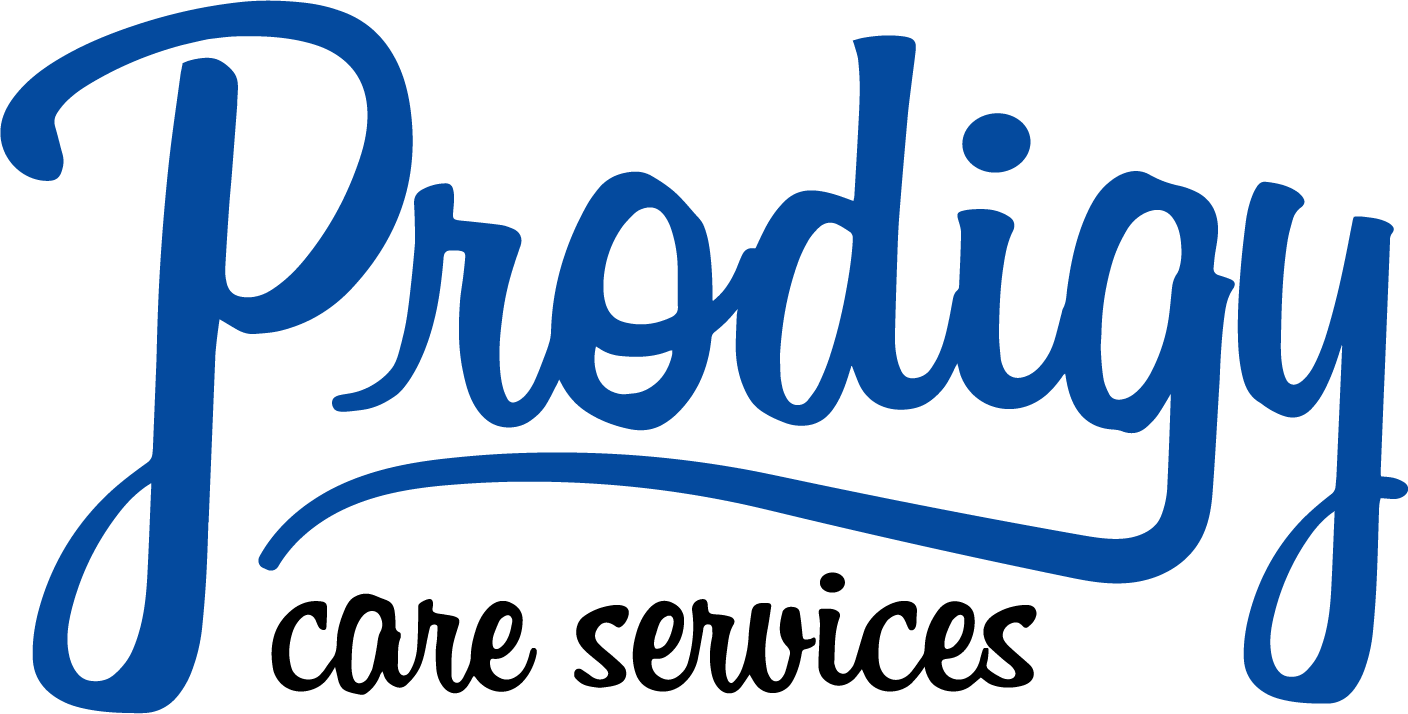Casting Light on PBMs: Congressional Efforts Towards PBM Transparency
In the ever-evolving landscape of pharmacy benefits, one topic that has been under the spotlight recently is the need for transparency in PBM operations. Large PBMs have been allowed to conduct business under a level of mystery that thwarts competition, undermines independent pharmacies and is counterproductive to the interests of patients and payers. Current practices have attracted the attention of lawmakers in both the House and Senate with a bipartisan consensus for PBM reforms. As the legislative effort continues, it is essential to understand the implications of PBM reform laws that Congress is expected to introduce.
Illuminating the Path Towards Transparency
In the House and Senate, committees have advanced legislation on PBM reforms, and a floor vote is expected before the end of 2023 (1). Current bills aim to address prescription drug pricing, the relationship between list prices and administrative fees, and reporting requirements. For example, the House Energy and Commerce Committee approved a bill that would shed light on how PBMs reimburse their own pharmacies in contrast to independent ones (2). Additional legislation includes the Pharmacy Benefit Manager Transparency Act of 2023 which aims to eliminate spread pricing, or the practice of charging health plans and employers more for prescription drugs than they reimburse pharmacies to retain the difference as profit (3). Also, the Modernizing and Ensuring PBM Accountability Act addresses transparency and accountability issues by prohibiting PBMs and their affiliates from deriving income based on drug manufacturers' prices. This bill introduces consistent terms for pricing guarantees, enhances reporting requirements for PBMs, and allows audits and enforcement of compliance. Altogether, current congressional efforts are working towards increasing transparency into various PBM practices.
Unveiling the Truth: What Lies Behind PBM Transparency?
If the PBM transparency legislation comes to fruition, payers can expect cost clarity—a clearer picture of where their healthcare dollars are going. With additional insight into operations, payers are empowered with information to allow for better financial planning and budgeting. Furthermore, with more information on drug and administrative pricing, clients can negotiate better deals with PBMs, potentially leading to cost savings. Information is power and removing the mystery behind PBM operations arms payers with data on the performance of different PBMs. Put together, clients can make more informed decisions about which PBM to partner with, ultimately enhancing their benefit offerings to members or employees.
The impact on patients is another critical aspect of PBM transparency legislation. Patients have often been caught in the crossfire of rising drug prices, and they deserve better access to affordable medications. With heightened transparency in PBM activity, more leverage can be gained in negotiations, which can lead to lower out-of-pocket costs for patients. Patients can therefore benefit from improved benefit designs that prioritize essential medications. In other words, patients can have easier access to the medications they need.
Shadows of Uncertainty
The future of PBM reform will depend on how these various legislative efforts will align and progress. Large players in the PBM industry undoubtedly have strong interests in maintaining the status quo. Therefore, reform efforts may face opposition and lobbying from industry stakeholders which can slow down or dilute the impact of the proposed changes. Moreover, ensuring that transparency requirements lead to meaningful information for stakeholders and do not simply add administrative burdens will be another anticipated challenge. In the end, it's important to recognize that opposition and lobbying from industry stakeholders, coupled with the challenge of ensuring meaningful transparency, may present significant hurdles in achieving effective and comprehensive reform regardless of the progression of the proposed bills.
Concluding Thoughts
The potential introduction of PBM transparency legislation in 2023 is a promising development for clients, patients, and the healthcare system as a whole. These changes hold the potential to create a more equitable and efficient system. This is the reason transparency has been a core tenet of the Prodigy story. Transparency in PBMs doesn't just benefit clients and patients, it is a win for the entire healthcare system. We believe our transparency leads to more competitive pricing, ultimately reducing the overall cost of healthcare. A more transparent system fosters trust between all stakeholders in healthcare thereby ensuring that everyone is working together for the best interests of patients.
By Jasmine Zaidi, PharmD Candidate
For questions, e-mail pharmd@prodigyrx.com
Citations
1. Managed Healthcare Executive. "Congress Is Expected to Bring PBM Transparency Legislation in 2023." Managed Healthcare Executive, www.managedhealthcareexecutive.com/view/congress-is-expected-to-bring-pbm-transparency-legislation-2023-pbmi. Accessed 26 October 2023.
2. Slifer, Erin and Alyssa Llamas. "Bipartisan Congressional Support for PBM Reform Grows." The Commonwealth Fund, www.commonwealthfund.org/blog/2023/bipartisan-congressional-support-pbm-reform-grows. Accessed 26 October 2023.
3. Gallagher, Ashley. "AMCP Session Provides Updates on PBM Reform Efforts Currently Stalled in Congress." Pharmacy Times, www.pharmacytimes.com/view/amcp-session-provides-updates-on-pbm-reform-efforts-currently-stalled-in-congress. Accessed 26 October 2023.


